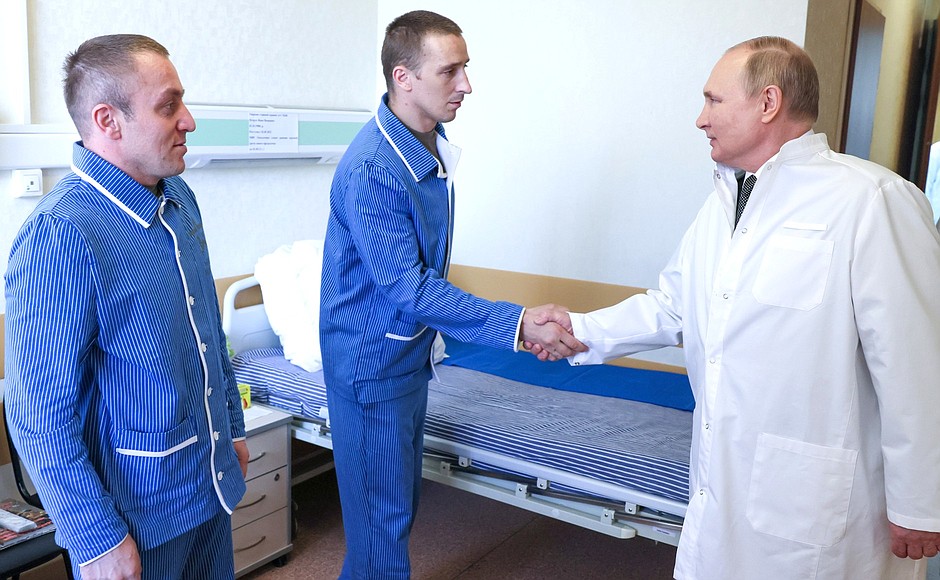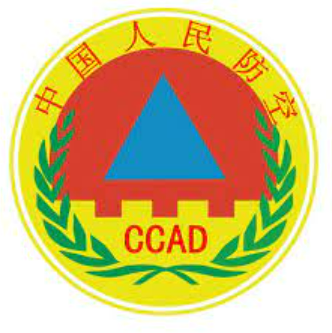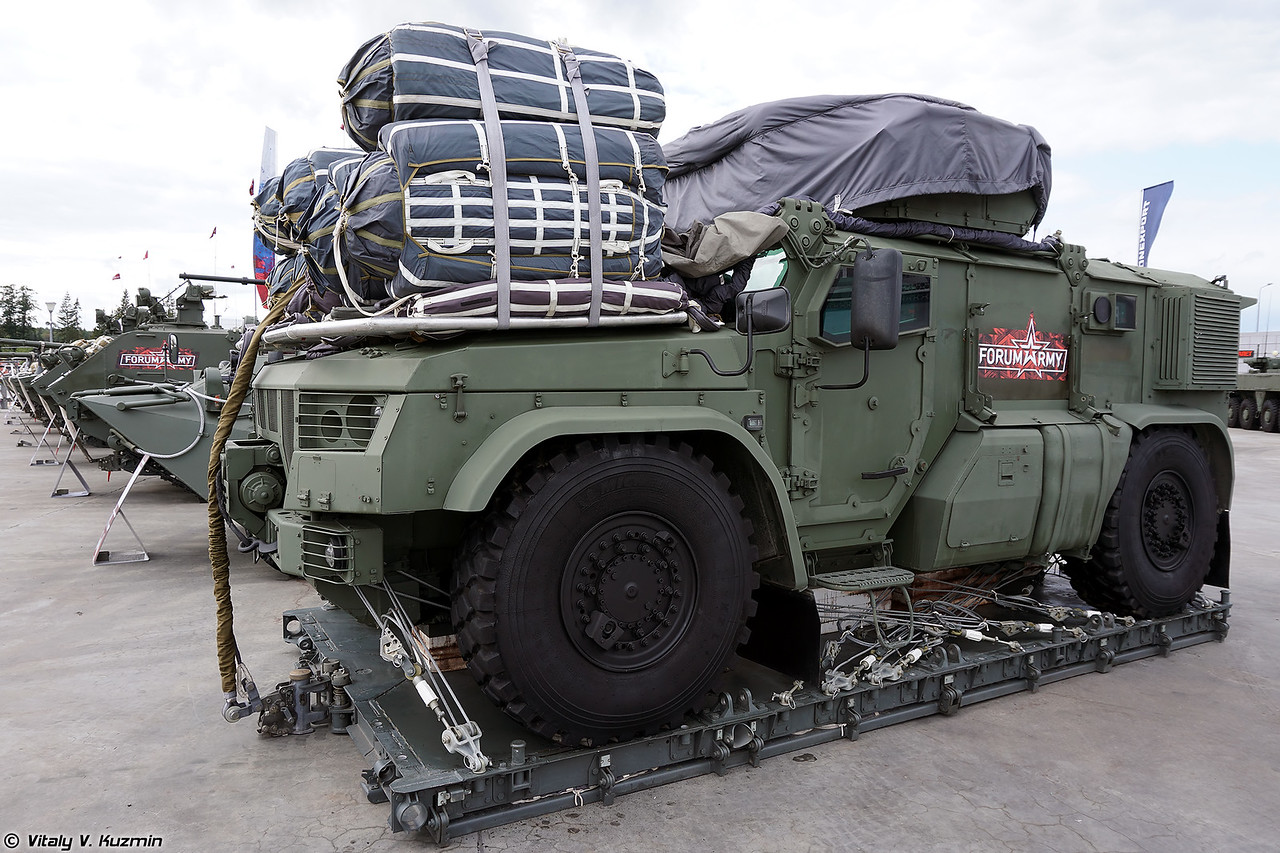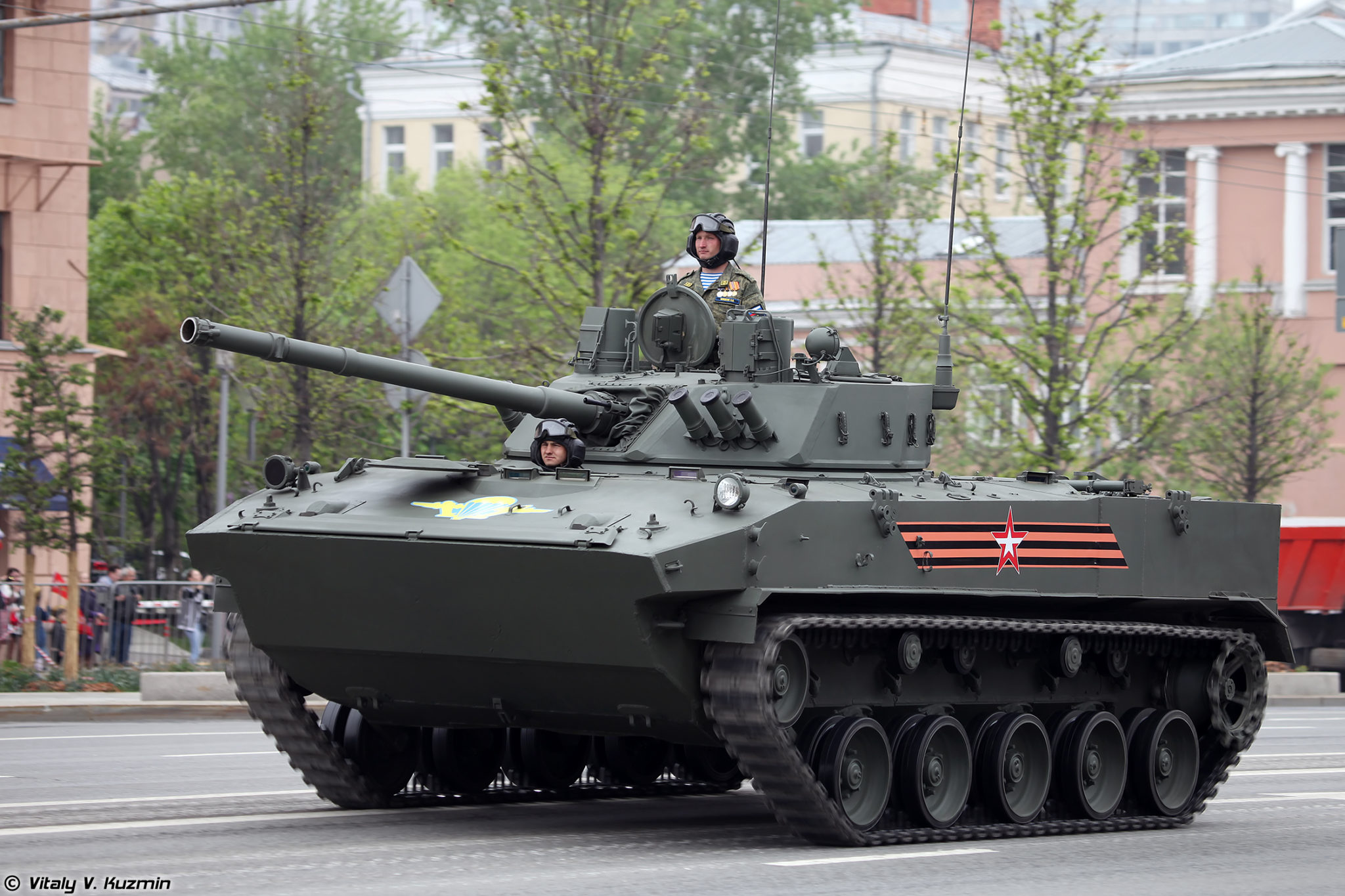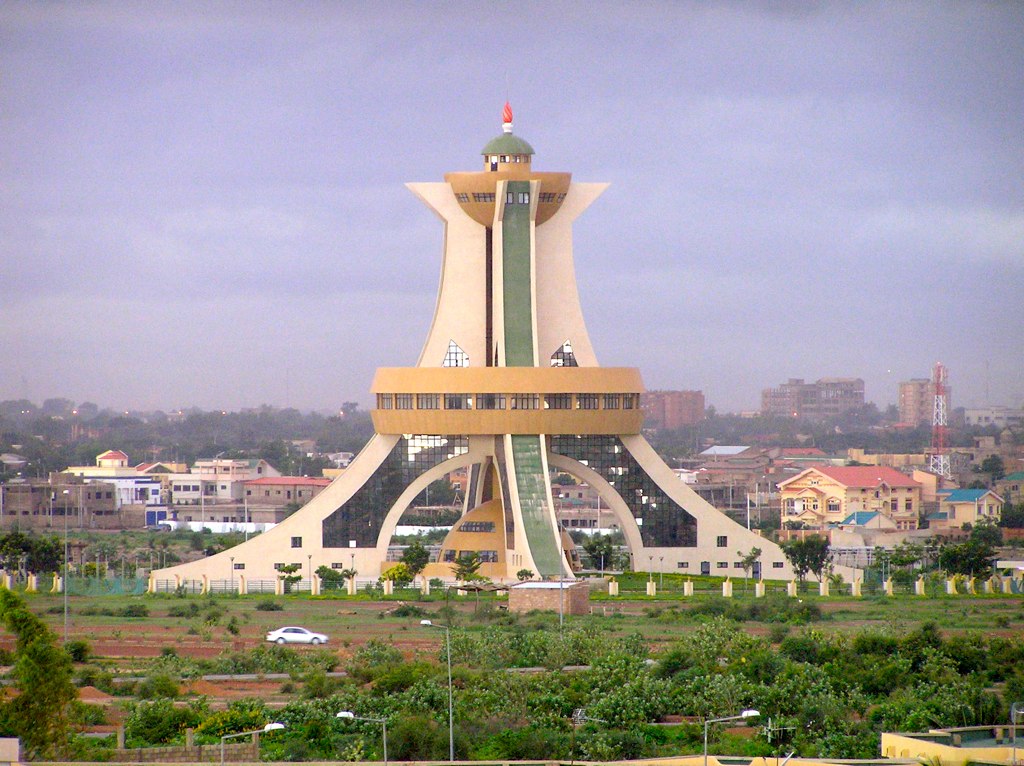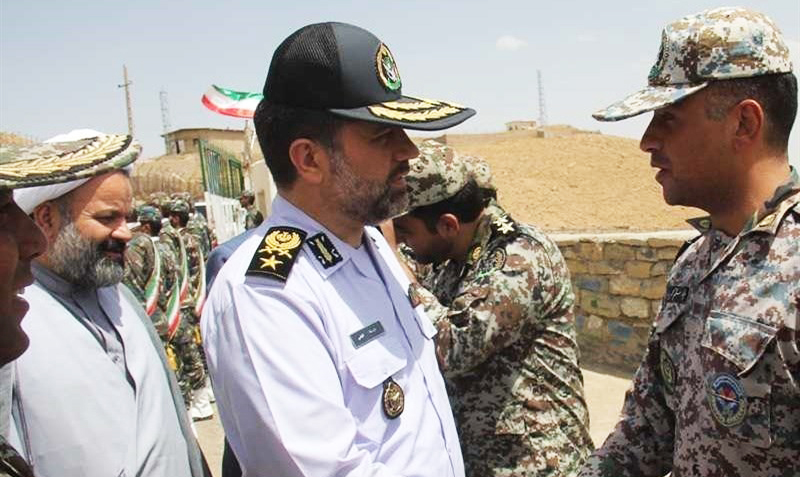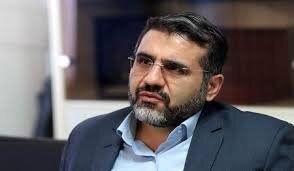
20th CCP Central Military Commission (2022-2027).
“We will establish a strong system of strategic deterrence, increase the proportion of new-domain forces with new combat capabilities, speed up the development of unmanned, intelligent combat capabilities, and promote coordinated development and application of the network information system.”Xi Jinping
Every five years, the Chinese Communist Party (CCP) holds a party congress, an event that brings together nearly 2,300 delegates drawn from the CCP’s over 96 million members. The most recent of these was held in mid-October 2022. These congresses are important for several reasons.
First, key positions are filled as politicians age out or are replaced. This includes the membership of the Politburo Standing Committee, which represents the apex of power in China, and the Central Military Commission, China’s highest military decision-making body. Some insights regarding Xi’s plans for the Chinese armed forces can already be drawn from the new composition of the Commission, which saw three generals replaced (Xu Qiliang, Wei Fenghe and Li Zuocheng). The CMC’s new membership still includes at least two combat veterans of the Sino-Vietnamese War (1979-1991), including Vice-Chair General Zhang Youxia and General Liu Zhenli.[i] The former has also been on the CMC since the previous Congress and has long experience in China’s organizations for military equipment development and modernization (the Equipment Development Department and its predecessor, the General Armaments Department). Other figures, such as General Li Shangfu, have extensive experience in units dedicated to space operations, highlighting the strong focus of the People’s Liberation Army (PLA) on the domain. Two others, Admiral Miao Hua and Zhang Shengmin, are political officers and play important roles in maintaining the Party’s control over the military.
A second important part of the Congress is a “work report” delivered by the Party General Secretary (Xi Jinping) at the beginning of the Congress. The most recent report, as described by state-run Xinhua News Agency summarizes the Party’s efforts over the past five years and sets out guideposts for the next five years. The language of the most recent report is always a staple of subsequent official pronouncements and state media discussions, and language including that in the excerpted portions below are likely to feature prominently in official media.
One additional note is that Chinese military modernization is frequently linked to important dates, such as the centenary of the founding of the CCP (which passed in 2021), centenary of the founding of the PLA in 2027, and of the People’s Republic of China in 1949, by which time China wishes to “fully transform the people’s armed forces into world-class forces.” China likely missed some of its targets for the 2021 milestone, such as “achieve completion of efforts of mechanization… with significantly enhanced informationization and greatly improved strategic capabilities.” Perhaps, as a result, there is a palpable urgency in the language of the report in Xi’s demands to continue radical improvements to the PLA.
In terms of military modernization, three major themes[ii] can be seen in the excerpted text: first, faster development and iteration of high-tech weaponry and ‘new-domain forces’ and unmanned systems; second, enhanced combat preparedness—particularly through realistic, joint, and OPFOR training; and third, a systemic approach to bringing the entirety of China’s capabilities to bear. The first acknowledges that China is in a race with its competitors to build strategic capabilities, which include not just nuclear weapons, but also critical technologies and the ability to operate in new or emerging domains. The second, an emphasis on realistic and joint training, is perhaps one of the most difficult modernization efforts despite the PLA making major headway in recent years. The last of these comes in a rather innocuous-sounding phrase: “We will consolidate and enhance integrated national strategies and strategic capabilities.” This consolidation of national strategies represents the culmination of China’s military-civil fusion strategy, which attempts to achieve efficiencies through resource sharing between civilian and military sectors and, more broadly, to coordinate China’s economic developmental and military modernization efforts so that they are self-reinforcing.
Looking ahead, China is facing strong domestic economic and demographic headwinds—many of which are the true focus of this recently released work report. However, despite these challenges, the language used here demonstrates the continued emphasis on the speedy transformation of the PLA, seen since Xi first took the reins of the CCP in 2012 at the 18th Party Congress.
Source:
Xi Jinping [习近平], “高举中国特色社会主义伟大旗帜为全面建设社会主义现代化国家而团结奋斗一一在中国共产党第二十次全国代表大会上的报告 (Hold High the Great Banner of Socialism with Chinese Characteristics and Strive in Unity to Build a Modern Socialist Country in All Respects – Report to the 20th National Congress of the Communist Party of China),” Xinhua News Agency, 16 October 2022.https://news.ifeng.com/c/8K9I4qcZtaw
Achieving the goals for the centenary of the People’s Liberation Army in 2027 and more quickly elevating our people’s armed forces to world-class standards are strategic tasks for building a modern socialist country in all respects. To this end, we must apply the thinking on strengthening the military for the new era, implement the military strategy for the new era, and maintain the Party’s absolute leadership over the people’s armed forces…
We will simultaneously carry out operations, boost combat preparedness, and enhance our military capabilities. We will continue integrated development of the military through mechanization, informatization, and the application of smart technologies and work faster to modernize military theory, organizational forms, personnel, and weaponry and equipment. We will enhance the military’s strategic capabilities for defending China’s sovereignty, security, and development interests and see that the people’s armed forces[i] effectively fulfill their missions and tasks in the new era…
We will intensify troop training and enhance combat preparedness across the board to see that our people’s armed forces can fight and win. We will study and gain a good grasp of the characteristics of informatized and intelligent warfare and the laws that govern it, provide new military strategic guidance, and develop strategies and tactics for People’s War.[ii]
We will establish a strong system of strategic deterrence, increase the proportion of new-domain forces with new combat capabilities, speed up the development of unmanned, intelligent combat capabilities, and promote coordinated development and application of the network information system.
We will improve the command system for joint operations and enhance our systems and capacity for reconnaissance and early warning, joint strikes, battlefield support, and integrated logistics support.
We will intensify military training under combat conditions, laying emphasis on joint training, force-on-force training, and high-tech training…We will speed up the development of modern logistics, implement major projects to develop defense-related science and technology, weaponry, and equipment, and move faster to translate scientific and technological advances into combat capabilities…
We will consolidate and enhance integrated national strategies and strategic capabilities. We will better coordinate strategies and plans, align policies and systems, and share resources and production factors between the military and civilian sectors. We will improve the system and layout of science, technology, and industries related to national defense and step-up capacity building in these areas.
Notes:
[i] Liu Zhenli replaced Li Zuocheng, who was awarded for his actions in combat during that war. Based on public descriptions of his career Co-Vice Chair He Weidong also has a long history in operational PLA units, but it is unclear if he served during the conflict.
[ii] Not included in the excerpts below but which are repeatedly highlighted in the full text are mentions of political work—which involves not only loyalty to the CCP but also morale. National pride is a major point of emphasis in the speech. Notably, Xi mentions that there are additional efforts being made to improve the “institutions and mechanisms” of the Chairman’s responsibility system, which refers to Xi’s personal control over Chinese military affairs.
[i] While PLA is often used generally to refer to the Chinese military, according to Chinese law, the Chinese Armed Forces are, “composed of the active and reserve forces of the Chinese People’s Liberation Army, the Chinese People’s Armed Police Force and the Militia.”
[ii] Chinese official publications define “People’s War” as referring to confronting foreign aggression or safeguarding national unity by arming and relying on the people (i.e., a whole of nation approach).
Image Information:
Image: 20th CCP Central Military Commission (2022-2027).
Source: Peter Wood
Attribution: Peter Wood


